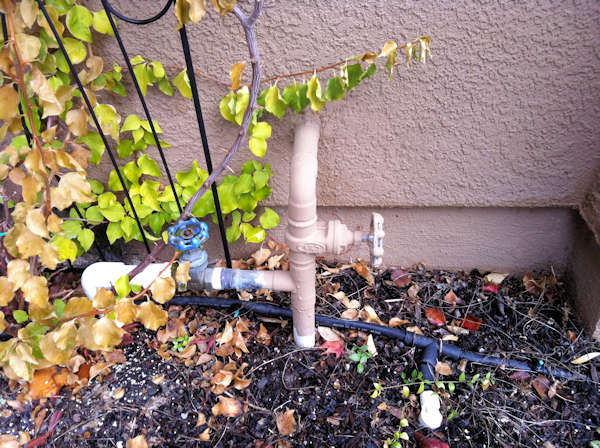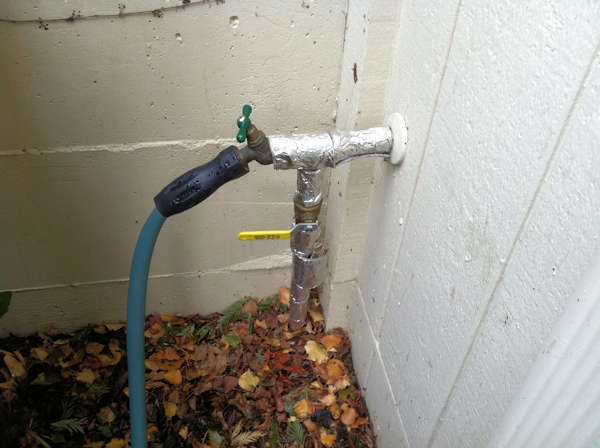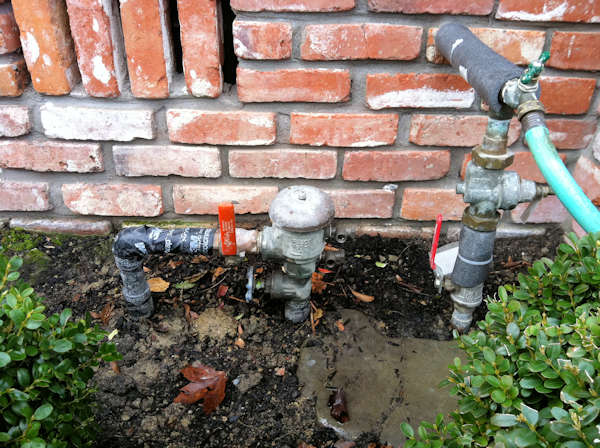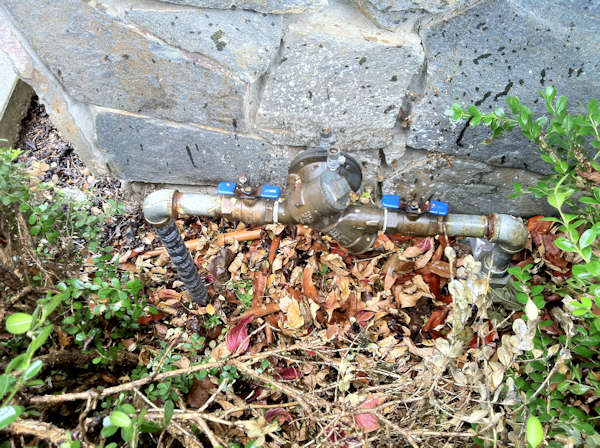This page provides answers to many of the questions you may have regarding issues with your sprinkler system. If you have further questions or if we can assist you in any way, please call us at (925) 876-2233 or (925) 323-5668 or use the form on the Contact Us page.
 | ||
 | ||
 | ||
 | ||
 | ||
 | ||
 | ||
 | ||
 |
When should I turn my sprinkler system on?
Late February is a good time to turn your sprinklers on and check them for possible breaks, clogged sprinklers, and any other issues. Your system will then be ready for Spring start-up in mid-March.
When should I turn my sprinkler system off?
Usually around Thanksgiving, we start getting our seasonal rains. This would be the best time to turn off your system, so as not to overwater your yard. If it is a dry winter, you will need to reduce the watering time and days accordingly. Rule of thumb is, during the winter season, 3 days a weeks is more than plenty.
When is the best time to water my yard?
We recommend watering in multiple sessions. Example: Instead of watering your yard for 15 minutes straight, break it up into 3 to 5 minutes sessions, with a 1-2 hour soak time in between. This will promote fewer run-offs and will encourage deeper root growth.
We also recommend not watering on a daily basis; allowing roots to breath. Example: Monday, Wednesday, Friday and one day on the weekend. We suggest watering your grass in the early evening from 7:00 p.m. to 10:00 p.m. or early morning hours from 3:00 a.m. to 7:00 a.m.
Please note that this does not apply to new landscaping, annuals, and new plantings.
What is Drip Irrigation?
Drip Irrigation has become extremely popular. This allows you to water shrubs and flowers more efficiently. Drip Emitters put water at the base of the plant to soak into the root base where it is needed, rather than on top of it. Emitters put out a regulated drip that can be changed to meet the needs of various plants. A 2' shrub needs less water than a 20' tree.
What is a Rain Sensor?
Rain sensors turn the system off, if it is raining or has been raining, for an extended period. This saves on your water bill and saves your landscaping from drowning. Too much water is just as bad as not enough!
A backflow preventer is a device that prevents outdoor water that has been contaminated by landscape fertilizers and pesticide chemicals from syphoning back into your home water supply.
How do I program my controller?Below are links to user manuals and instructional videos for 3 of the more popular controllers:
My sprinkler system keeps running. How do I turn it off?
First you need to know if your irrigation valves are above or below ground in a box? Then you can establish where your irrigation shut-off valve is located. In most cases, it is located at the front of the house, at the base of your hose-bib/faucet. A metal or plastic line should be coming from the ground and going to the residence. There should be two valves (see photo 1 below) one running up and down; that is the house shut-off valve. The second should be running horizontal; that is the irrigation shut-off. Turn the valve clock-wise until it stops turning. If the sprinklers keep running after you turn the valve off, try turning the house shut-off valve to off. If the sprinkler stops running, then you will need to go to the back or side yard of your house and look at all of your hose-bib/faucets. What they have done is connected the irrigation water off of the pipe going to the hose-bib/faucet (see photo 2). A shut-off valve should be located below the hose-bib/faucet; turn that valve off and then turn the shut-off valve to the house back on. The irrigation should stop running.If the irrigation valves are located below ground in a box, what you need to look for is a PVB (pressure vacuum breaker), (see photos 3 and 4 below). These are usually located in the front yard where your water line comes from the ground and in to the house, but in some cases it may be installed behind shrubs, so you'll have to look through your landscaping to find it. They are usually about 12" to 18" above the ground. Once you have located it, it will have two valves. Either valve will shut the system off; turn it clockwise until water flow has stopped.





